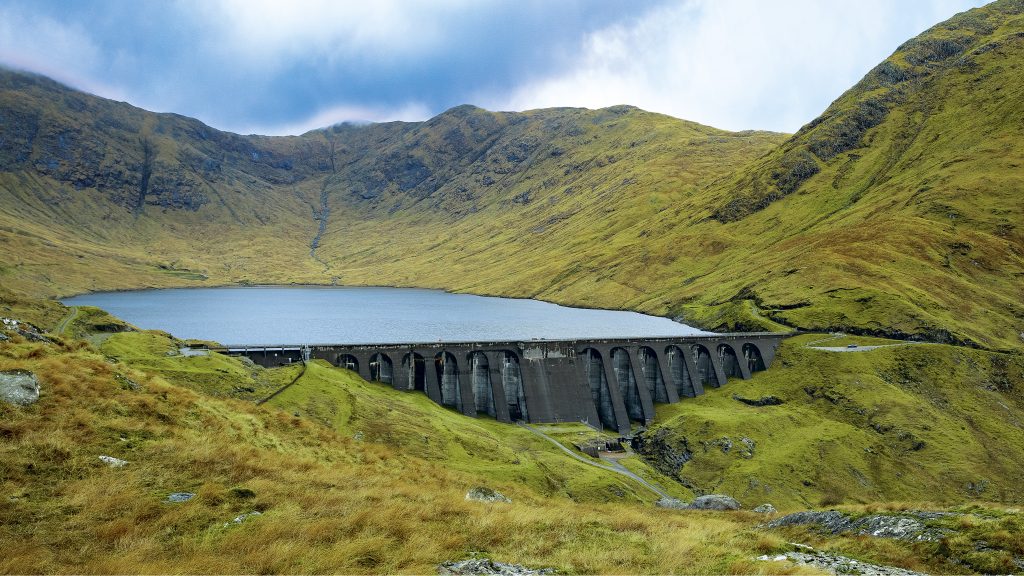Originally posted by french frank
View Post
Re ASHPs - yes I believe they are a good thing - in the right place. However they are better suited to larger houses and households, and one can argue that straight away that's where problems lie. Larger houses and larger households are almost certain to be less eco friendly than small ones. That's where lifestyle choices come in. ASHPs are pretty useless for many small houses, IMO - unless there is some sort of communal heating system, and such systems seem to present other, different, problems.
 . It's a complicated world we live in, trying to keep up, especially, with environmental best practice.
. It's a complicated world we live in, trying to keep up, especially, with environmental best practice.

Comment